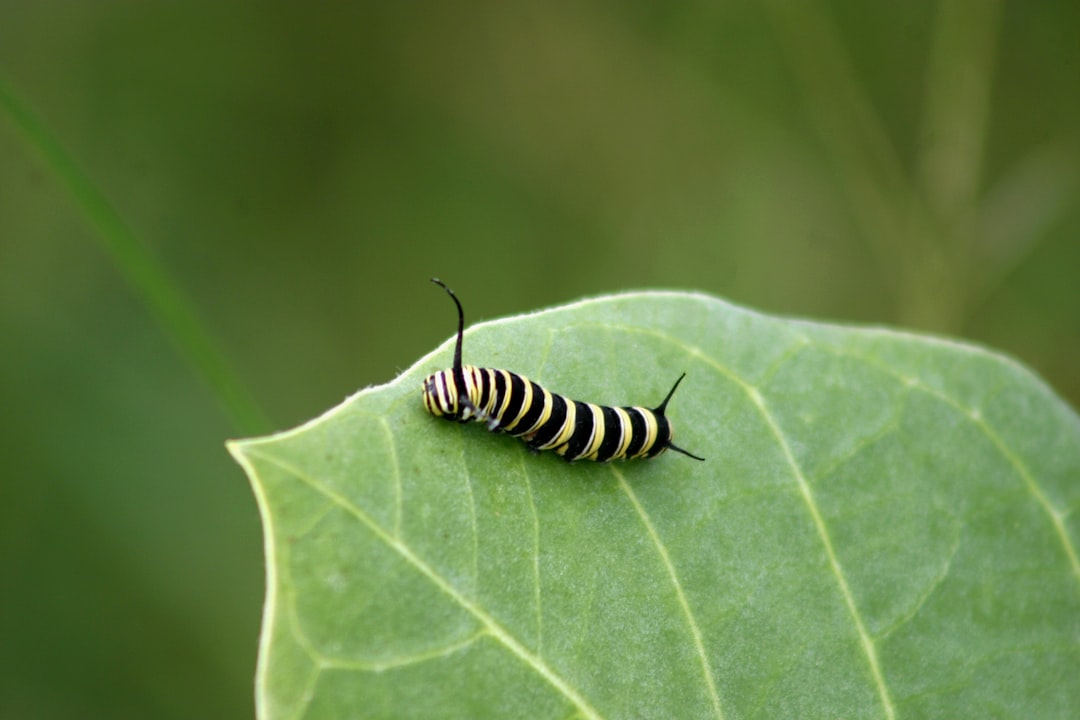Reviving Your Indoor Green Friends: Solutions to Common Houseplant Woes

Houseplants are not just decorative elements; they bring life and freshness into our homes. However, it's not uncommon for plant owners to find themselves asking, "What's wrong with my plant?" In this article, we'll explore ten common problems that houseplants face and provide practical solutions to help you keep your greenery thriving.
1. Yellowing Leaves
One of the most common issues is yellowing leaves. This can be caused by several factors, including over - watering, under - watering, or a lack of nutrients. If you've been watering too frequently, the roots may be drowning, leading to yellow leaves. On the other hand, if the soil is bone - dry, the plant is not getting enough moisture. Check the soil moisture regularly. Stick your finger about an inch into the soil. If it's dry, it's time to water. Also, consider using a balanced fertilizer to ensure your plant is getting all the necessary nutrients.
2. Brown Leaf Tips
Brown leaf tips are often a sign of low humidity. Many houseplants originate from tropical regions where the air is moist. In our homes, especially during the winter when the heating is on, the air can become very dry. You can increase humidity by placing a tray of water near the plant, using a humidifier, or grouping plants together. Another cause could be the build - up of salts in the soil from tap water. Try using distilled or filtered water for watering.
3. Wilting
Wilting can be due to both over - watering and under - watering. Over - watering can lead to root rot, which prevents the plant from taking up water properly. Under - watering, of course, means the plant simply doesn't have enough water. To determine the cause, check the soil and the roots. If the soil is soggy and the roots are brown and mushy, it's root rot. In this case, you may need to repot the plant in fresh, well - draining soil. If the soil is dry, give the plant a good drink.
4. Pests
Pests like aphids, spider mites, and mealybugs can infest houseplants. These tiny creatures can suck the sap from the leaves, causing them to wilt, turn yellow, or develop spots. To get rid of pests, you can use a mild soap and water solution to wash the leaves. For more severe infestations, you may need to use an insecticidal soap or a natural pesticide. Regularly inspect your plants for signs of pests, especially on the undersides of leaves.
5. Slow Growth
If your plant seems to be growing very slowly, it could be due to a lack of light, nutrients, or proper temperature. Most houseplants need bright, indirect light. If your plant is in a dark corner, move it to a brighter spot. Also, make sure you're fertilizing regularly according to the plant's needs. Temperature also plays a role. Some plants prefer warmer temperatures, while others can tolerate cooler conditions. Research the specific temperature requirements of your plant.
6. Leaf Drop
Leaf drop can be a natural part of a plant's life cycle, but it can also be a sign of stress. Changes in temperature, light, or watering can cause a plant to drop leaves. Try to keep the environment as stable as possible for your plant. Avoid moving it around too much, and make sure the temperature and light conditions are consistent.
7. Mold on Soil
Mold on the soil surface is usually a result of over - watering and poor air circulation. The excess moisture creates a perfect environment for mold to grow. To get rid of the mold, scrape off the top layer of soil and replace it with fresh soil. Make sure the pot has proper drainage holes and improve air circulation around the plant by opening windows or using a fan.
8. Stunted Roots
Stunted roots can prevent a plant from growing properly. This can be caused by a pot that is too small, compacted soil, or root rot. If the pot is too small, the roots have no room to grow. Repot the plant in a larger container with fresh soil. If the soil is compacted, gently loosen it around the roots when repotting.
9. Fungal Diseases
Fungal diseases, such as powdery mildew and leaf spot, can affect houseplants. These diseases are often caused by high humidity and poor air circulation. To prevent fungal diseases, make sure the plant has enough space around it and good air movement. If your plant already has a fungal disease, you can use a fungicide, but it's best to catch it early.
10. Lack of Blooms
If your flowering houseplant isn't blooming, it could be due to a lack of light, improper fertilization, or incorrect pruning. Most flowering plants need a certain amount of light to produce blooms. Make sure your plant is getting enough bright, indirect light. Also, use a fertilizer that is high in phosphorus, which promotes blooming. Prune the plant at the right time to encourage new growth and blooming.
By being aware of these common problems and their solutions, you can become a better houseplant caregiver. With a little attention and care, your houseplants will continue to bring beauty and joy to your home for years to come.